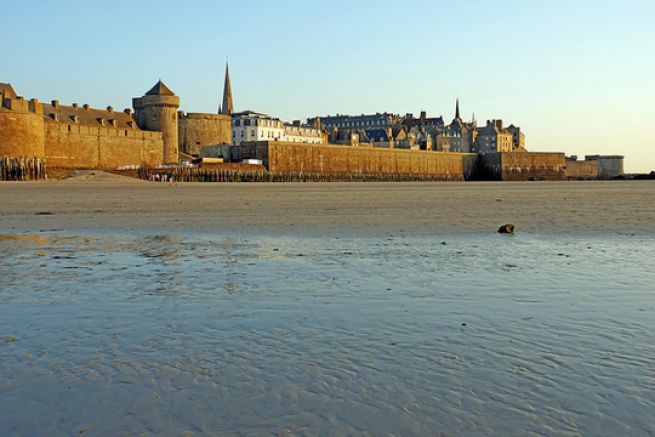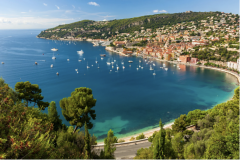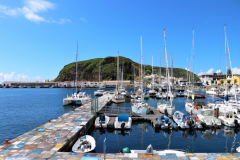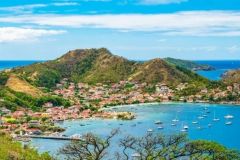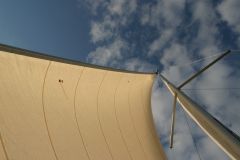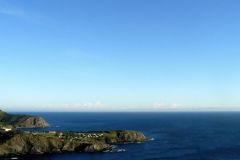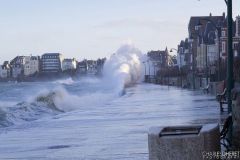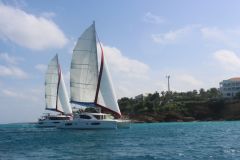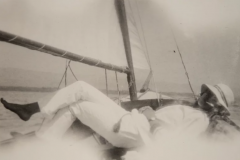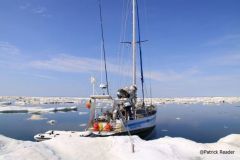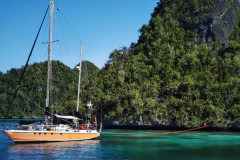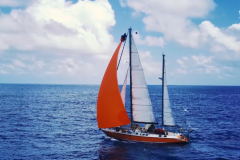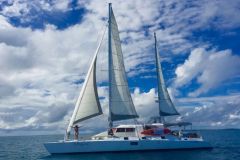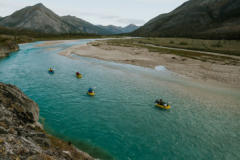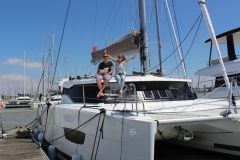This March 21, thousands of tourists and Saturday walkers will go to the Atlantic coast and the Channel to see this great show. Even if the greatest prudence remains necessary (read How to enjoy the Tide of the Century safely ), here are some places of the Breton coast where you can enjoy the show.
The unmissable Mont-Saint-Michel
The Mont-Saint-Michel will be the place where the tide of the century will be the most impressive, since as last February, it will become an island again. Visits are organized to discover the bay and understand the phenomenon of the tides. It is strongly advised not to go alone to explore, accredited tourist guides are listed on the site of Mont-Saint-Michel. (Read See the Tide of the Century at Mont-Saint-Michel )
Saint-Malo where to see the biggest tides
Saint-Malo is the Breton city where the tidal range is the most important. To enjoy the show, you can go to the ramparts on the Fort à la Reine side, but be careful. It is better to watch the high tide from far away, on the other side of the street (Read Big tide on Saint-Malo )
The Pink Granite Coast, geological and cultural heritage
The CÃ'te de Granit Rose stretches from Perros-Guirec to Trebeurden giving the impression of forming a pink granite peninsula. Geologically it is impressive to discover these superb landscapes and these clear waters. Finally, a beautiful cultural heritage is to be discovered: menhir, chapels, castlesâ??
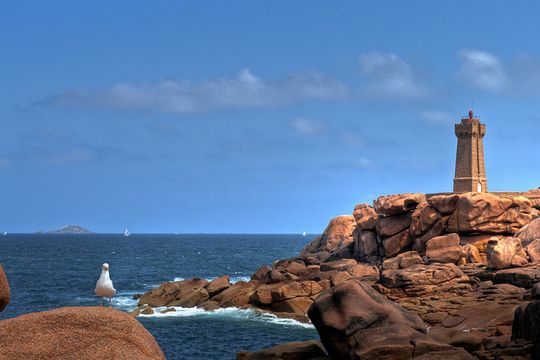
Ploubazlanec with view on the archipelago of Bréhat
From the "Roche aux oiseaux" you will discover the Trieux, its estuary and will benefit from a superb view on the archipelago of Bréhat. The "Croix des Veuves" also gives you a beautiful point of view or the plateau of Rohou with view on Bréhat. The sites are in height, on a cliff, it is thus important to watch the weather conditions (wind) and not to approach.
Callot Island, an island at high tide
Callot Island has the particularity to be a peninsula at low tide and to become an island at high tide with its submersible road, accessible at mid-tide. This small island of 2.125 km long and 30 to 300 meters wide, with a granite floor, is home to a nature reserve protected by the Conseil Général du Finistère. Today 9 families live on the island.
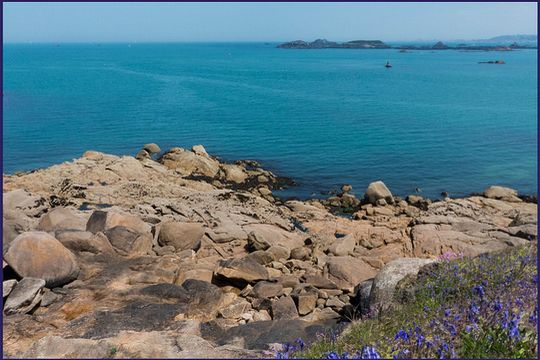
The Point of Pen An Theven, for a breathtaking view
Located 2 meters above the ground, you will have a breathtaking view on the dunes of Keremma on one side and on the other side on the port and the granite chaos of Plouescat. Don't get too close when the waves come in.
The bay of Kernic, Natura 2000 area
This bay is an essential part of Plouescat's natural heritage and is part of the Natura 2000 program. The covered alley of Guinirvit (collective burial) is totally submerged at high tide and serves as an indicator of the rise of the sea level, since 5000 years. Its variation is estimated at 7 or 8 meters since that time. It can be discovered from the Dune de Keremma for an overall view.
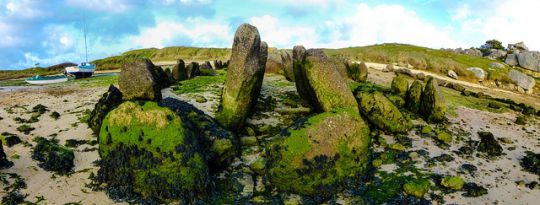
The Pointe du Mousterlin, Natura 2000 area
At low tide, you can discover this area classified Natura 2000. Take a boat to go to the Glénan to admire the uncovered area which will let appear the Zoster meadows.
